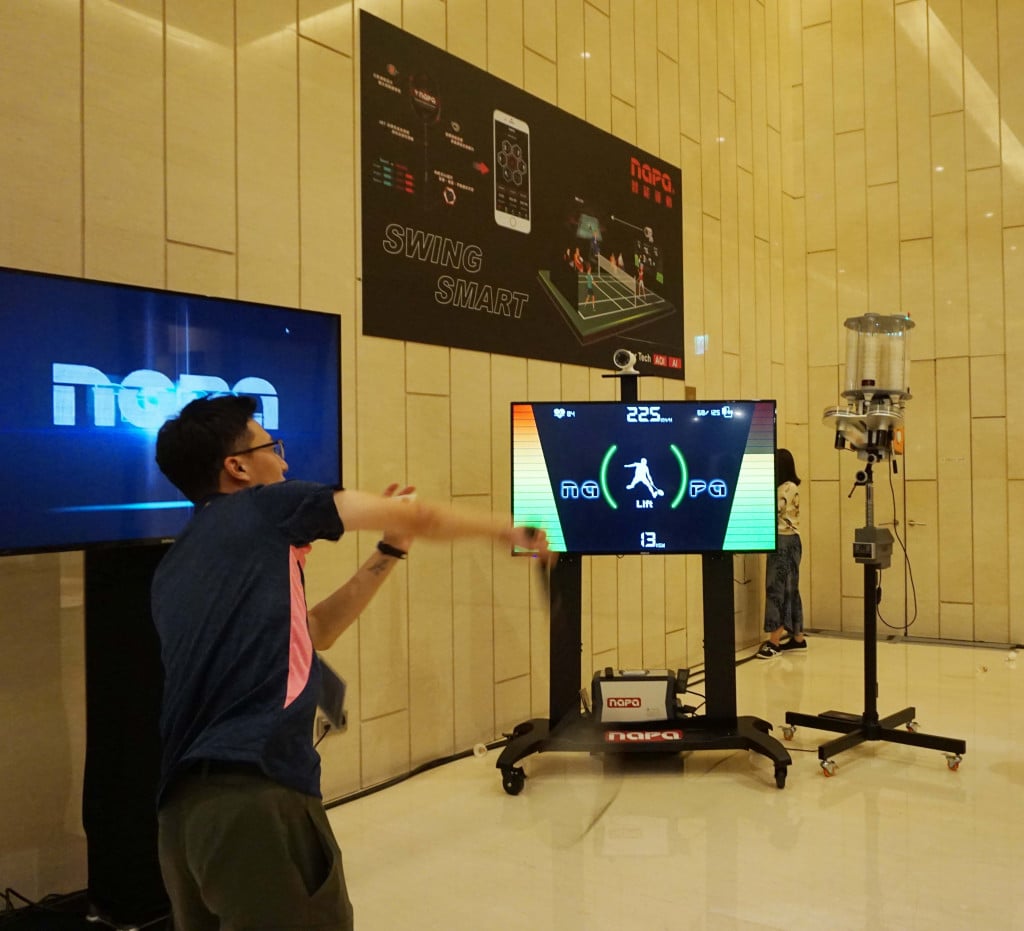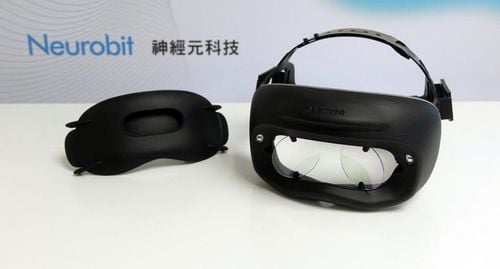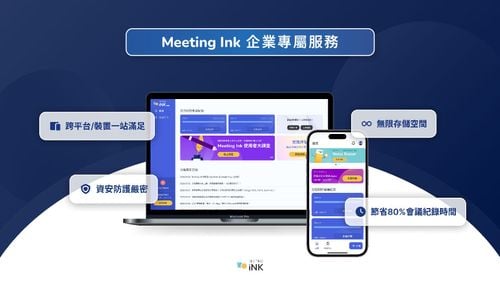【2019 Solutions】 Massive Digital Engineering: Smart Badminton Rackets Make Training More Fun!
For many professional team trainers, recording players' training conditions in the past often required manual effort. However, by mounting sensors on sports equipment and combining them with corresponding AI devices, it's now possible to easily record training data.
Massive Digital Engineering has launched the napa smart badminton racket, digitizing the often abstract actions in sports, which assists athletes in finding the right training direction.
Introduction to Massive Digital Engineering
Established in 2000, Massive Digital Engineering focuses on data analysis and mining in areas such as ERP, Industry 4.0, and financial big data. It services manufacturing industries like chemicals, sports equipment, and automotive components, as well as various retail and distribution sectors by offering system development, customization, installation, and integration, helping companies enhance operational efficiency. The company excels in cloud big data, using publicly traded financial databanks to design up to 92 financial assessment standards, which serve as benchmarks for businesses to improve their corporate structures. Additionally, in response to Industry 4.0 and smart manufacturing trends, Massive Digital Engineering continues to develop innovative intelligent technologies aiming to boost production efficiency while reducing costs and pollution.
The napa smart badminton racket handle embeds high-performance sensors that automatically transmit the collected data for AI-driven analysis to an app.
Massive Digital Engineering showcased the napa smart badminton racket at the AI HUB Conference
Recently at the AI HUB Conference, Massive Digital Engineering unveiled the extensively developed napa smart badminton racket, digitizing complex and hard-to-measure sports movements applicable in various competitive sports. This tool helps coaches in training and assists athletes in finding the right direction. For leisure and entertainment, the napa smart badminton racket can transform traditional courts into smart courts, complete with real-time data display boards on both sides of the court. This not only displays scores during matches but also enables players to instantly access various swing data, vastly enhancing the fun and interactive aspect of the game. With years of experience in data analysis and mining, one may wonder why Massive Digital Engineering ventured into the sports domain. It turns out that there is a backstory involving long-term subcontracting work for the well-known sports brand WILSON, combined with the good reputation of its own Napa badminton rackets and familiarity with badminton-related products. Hence, starting from the basic physical product of the racket, years of AI research were integrated into the development of the napa smart badminton racket project.


The sensors on the racket record all swinging actions including speed, posture, energy use, and striking force, and even 3D swing trajectories can be reviewed via the app.
But how does the napa smart badminton racket work? Here's the principle: sensors embedded in the racket handle automatically collect data, which, through AI algorithms, is linked to cloud big data. When connected to a smartphone, various sports records can be viewed via an app. The racket's sensors document every swing—its speed, energy consumption, posture, and power—and even 3D trajectories. If used with a smart wristband on the same hand, it can also monitor heart rate and blood pressure, then through various big data applications, provide personalized scientific sports recommendations. For instance, some players may swing too broadly with enough power but incorrect direction, or they may exert too much force during a swing but lack strength during impact. These common training issues can be effectively addressed and improved through the napa smart badminton system.

Besides the napa smart badminton racket, the napa intelligent system can also be applied to baseball. By installing sensors in the bat handle, swings can be recorded in real-time.
Smart sports application scenarios
The primary target audience for napa smart badminton includes players and coaches, and it is also suitable for individuals who want to train independently. Beyond badminton, the napa intelligent system can be applied to other sports like baseball. The underlying principle is similar, hiding sensors in the bat handle to instantly record swing trajectories, enabling hitters to more precisely determine the impact position and power point. Additionally, integrating more professional training, such as weightlifting—where Hsu Shu-ching won two Olympic gold medals—has gained more national attention. Traditional training predominantly uses verbal instructions, such as directing athletes to apply a certain amount of force backward or forward, but these descriptions are abstract. Integrating the napa intelligent system into weightlifting, for instance embedding miniature sensors in silicone gloves, would allow precise tracking of movement trajectories through app data, making adjustments more accurate with systematic data.

Massive Digital Engineering has recently started collaborating with various badminton venues to upgrade traditional courts to smart courts using the napa smart badminton racket. They also continue promoting through sports communities, sports digitalization, experiential marketing, and other diverse applications to revolutionize the current sports industry!
「Translated content is generated by ChatGPT and is for reference only. Translation date:2024-05-19」


